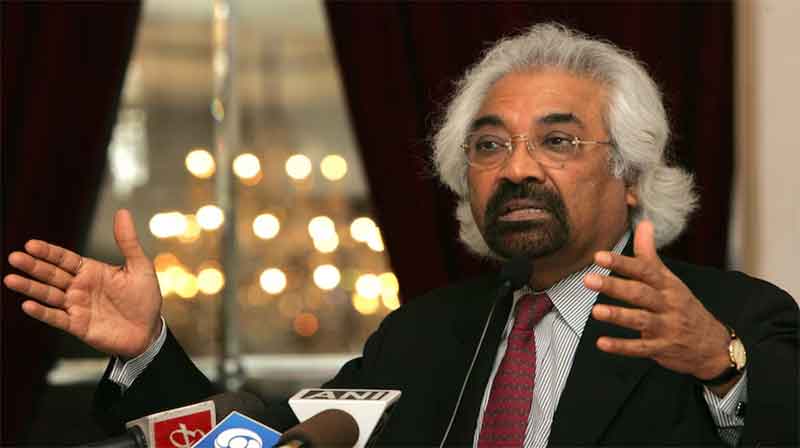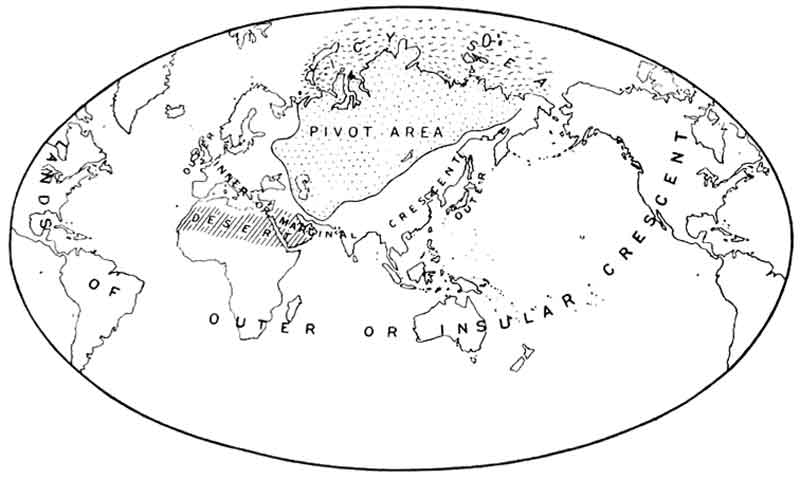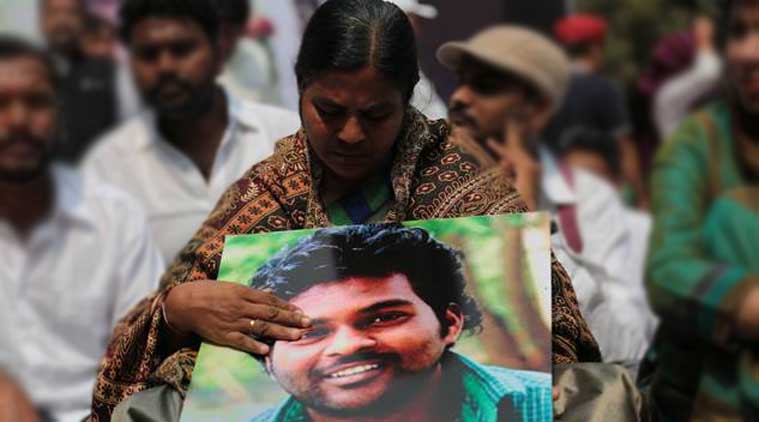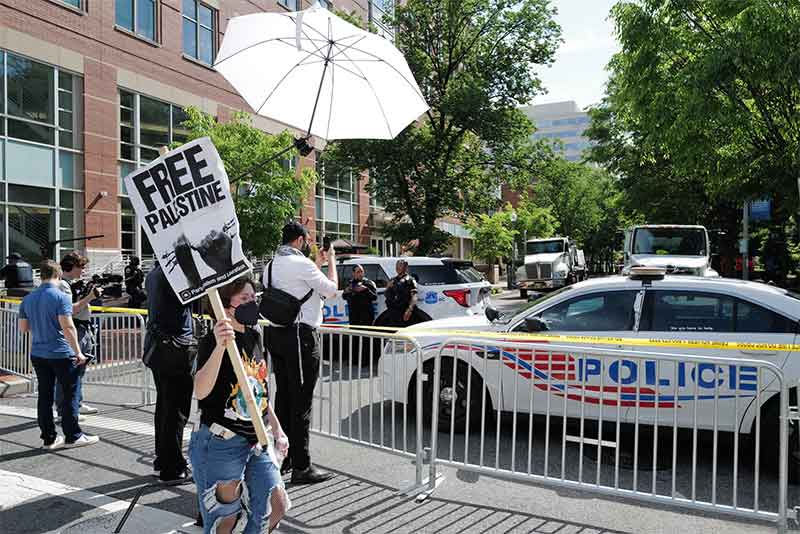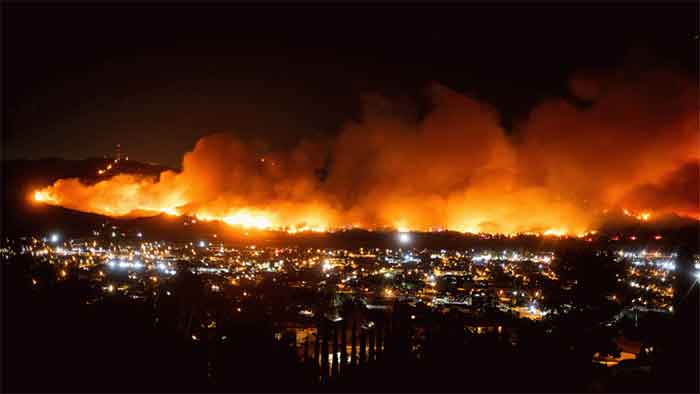
Two million Californians experienced rolling blackouts Friday night after officials declared a Stage 3 energy emergency due to a statewide heat wave. The last time California was in a Stage 3 emergency was in 2001. At that time, the state was in the middle of a very different type of energy crisis – and the governor lost his job over it.
The current power outages are the latest example of how climate change and the extreme weather it triggers take a profound toll on electrical grids.
Just days ago, millions of people lost power in U.S. Midwest after a wall of lightning, hail and deadly winds tore a path of ruin from central Iowa to Chicago.
Before that, Tropical Storm Isaias darkened homes from the Carolinas to Connecticut.
An AP report from San Francisco said:
California’s utilities on Saturday night were bringing back power to thousands of customers across the state, according to the authority that operates the power grid.
The California Independent System Operator (California ISO), which runs the state’s grid, said in a statement that the brief rolling blackouts throughout the state were caused by the failure of a power plant and the loss of wind power.
California ISO said it ordered the end of rolling blackouts about 6:48 p.m., when wind power increased.
The restoration of service by the utilities come as a heat wave baking California in triple-digit temperatures continued to strain the electrical system.
California ISO ordered the first rolling outages in nearly 20 years on Friday when it directed utilities around the state to shed their power loads.
The state’s three biggest utilities — Pacific Gas & Electric, Southern California Edison and San Diego Gas and Electric — turned off power to more than 410,000 homes and businesses for about an hour at a time until the emergency declaration ended 3 1/2 hours later.
The move came as temperatures around the state hit triple digits in many areas, and air conditioning use soared.
The power grid is mostly stressed during the late afternoon and early evening because of higher demand and solar energy production falling. The state tried to prepare for the expected rise in electricity use by urging conservation and trying to buy more power. But a high-pressure system building over Western states meant there was less available.
Raw sewage into a waterway
A power outage caused a pump to fail at a wastewater treatment plant in Oakland, resulting in a sewer backup and the release of some 50,000 gallons of raw sewage into a waterway, the East Bay Municipal Utility District said.
The district said the outage began around 5 p.m. Friday, more than an hour before the rolling outages occurred, and sewage began to spill early Saturday. The agency said the sudden outage affected its ability to connect to backup power at the plant and during that time, workers were dealing with flooding while trying to restore power.
The state remained gripped by the heat wave Saturday, with several records either tied or broken, according to the National Weather Service.
The last time the state ordered rolling outages was during an energy crisis in 2001. Blackouts occurred several times from January to May, including one that affected more than 1.5 million customers. The cause was a combination of energy shortages and market manipulation by energy wholesalers, infamously including Enron Corp. that drove up prices by withholding supplies. During the electricity crisis of 2000 and 2001, hundreds of thousands of homes and businesses took turns going dark, power prices surged to a record and the state’s largest utility was forced into bankruptcy.
Counties up and down the state reported scattered outages, although the city of Los Angeles, which has its own power generating system, was not affected.
The heat wave brought brutally high temperatures, increased wildfire danger and fears of coronavirus spread as people flock to beaches and parks for relief.
A thunderstorm rolling from the Central Coast to inland Southern California also brought dry lightning that sparked several small blazes, wind and flash flooding in the high desert.
Records were set in Lake Elsinore, where the mercury hit 114; Riverside at 109 and Gilroy at 108, according to the National Weather Service. The high in Borrego Springs, in the desert northeast of San Diego, was 118. Coastal cities such as San Francisco and Los Angeles sweltered in 86 and 98 degrees, respectively.
Several cities opened cooling centers, but with limited capacity because of social distancing requirements.
San Francisco’s Department of Emergency Management issued simultaneous tweets urging residents to prepare for power outages and to protect themselves from the coronavirus during the heat wave.
The scorching temperatures are a concern for firefighters battling blazes that have destroyed several homes and erupted near rural and urban foothill neighborhoods, driving through tinder-dry brush.
In addition to the possibility of heat stroke and other hot-weather illnesses, health officers were concerned that people will pack beaches, lakes and other recreation areas without following mask and social distancing orders — a major concern in the state that has seen more than 613,000 coronavirus cases.
Hottest two weeks in 70 years
Other media reports said:
For California, the problem is heat. An unrelenting high-pressure system is pushing temperatures upward, leaving the region facing what is expected to be its hottest two weeks in 70 years. That is driving up power demand to extreme levels, making it hard for generating plants to keep pace.
The California ISO had announced late Saturday afternoon that blackouts were not needed. Then the system unexpectedly lost generation, and it become clear it could not meet demand, said Anne Gonzales, a spokeswoman for the California ISO said in an interview.
The grid operator said it the emergency was declared at 6:28 p.m. local time following an unexpected loss of a 470-megawatt power plant, and 1,000 megawatt of wind power. The order ended 20 minutes later as wind resources increased, it added.
The state’s largest utility, PG&E Corp., said about 220,000 customers in portions of the Central Coast and Central Valley, including Monterey, Santa Cruz and San Joaquin counties were affected. Edison International’s Southern California Edison utility said about 70,000 customers were impacted in the short-lived event.
“At 6:28 p.m., we dropped load, we de-energized about 70,000 customers, then we were directed by CAISO to restore them by 6:44 p.m.,” Southern California Edison spokesman Robert Villegas said in a phone interview.
Sempra Energy’s San Diego Gas & Electric utility said shutoffs were “widespread” across its territory in San Diego and southern Orange counties, though customers who had their power cut on Friday night were not impacted Saturday. Power was fully restored as of 6:55 p.m., it said.
On Friday, the state’s grid operator ordered blackouts after a 500-megawatt generator tripped offline unexpectedly while a 750-megawatt unit was already down. If both had been in service, grid operators would not have had to call for outages, Gonzales said.
Widespread Heat, world’s second-hottest July
Regions around the world have been grappling with extreme heat, including parts of Europe and the eastern U.S., where temperatures last month were expected to set records for New York and Boston.
Last month was tied for the world’s second-hottest July on record and the hottest ever in the northern hemisphere, according to the National Oceanic and Atmospheric Administration. But few authorities, if any, resorted to rotating outages.
In addition to mass blackouts to protect the grid, a prolonged hot spell could trigger scattered outages as aging utility equipment fails in the heat. Transformers – the metal cylinders sitting atop power poles – can break down and even catch fire if they cannot cool off at night. During a 10-day heatwave in 2006, California utilities lost more than 1,500 of the devices, with each knocking out one neighborhood in the process.
California ISO spokeswoman Anne Gonzales said: “We’re dealing with weather, clouds, wildfires … these are quickly evolving situations, quickly changing.”
A Bloomberg report on August 15, 2020 said:
As many as two million Californians were plunged into darkness over the course of four hours late Friday in the first rolling blackouts to hit the state since the 2001 energy crisis.
And that was only Day One.
It started at about 6:30 p.m. local time on Friday, when California’s grid operator determined through a complex calculation that the state’s power reserves had fallen below a critical threshold and called a Stage 3 grid emergency, which triggers what it describes as “load interruption.”
Electricity prices have already hit two-year highs as weather forecasters called for extreme temperatures. Spot power prices surged past $1,000 a megawatt-hour across California on Friday evening. Natural gas prices in Southern California more than doubled on the increased need for the fuel for power production, according to report from BloombergNEF.
Grid operators will continue to monitor the situation throughout the weekend and into next week, Gonzales said. The odds of rolling outages on Saturday and Sunday might prove lower as demand is typically weaker outside of work hours. Asked whether the California ISO will need to call for additional power shutoffs, she said: “We don’t expect one, but we are prepared for one.”
Another media report said:
An excessive heat watch reaches from Oregon to Arizona, covering a large part of central and coastal California, according to the National Weather Service.
Jim Rouiller, lead meteorologist with the Energy Weather Group, said: “All the major urban centers in California are going to have intense heat wave conditions unabated right through the weekend into next week.”
The heat is being pushed along by the Sonoran High, a dome of high pressure across the Southwest that is keeping temperatures hot and preventing the cooling effects of the regional monsoon to take hold, Rouiller said.
More than 76% of the 11 western states is abnormally dry and drought covers more than 62% of the region, according to the U.S. Drought Monitor.
SIGN UP FOR COUNTERCURRENTS DAILY NEWSLETTER










